No products in the cart.
Artemisia abrotanum
A highly fragrant, medicinal and striking grey-green bush.
Rated 0 out of 5
0 customer reviews
4,90 € – 12,00 €Price range: 4,90 € through 12,00 €
SKU: pda228
Category: Bees and Butterflies, Bouquet, Culinary, Distillations, Fragrant, Frost Hardy, Grey Ladies, Medicinal

Artemisia abrotanum
4,90 € – 12,00 €Price range: 4,90 € through 12,00 €
Artemisia abrotanum is a highly fragrant, resilient, low maintenance perennial for both outdoor or indoor gardens.
The grey-green leaves are similarly narrow and feathery, the camphor-like odor is powerful, happy in the sun, drought and disease tolerant…
The plant grows as an upright, bushy shrub, typically reaching 60–120 cm in height. Its finely divided, feathery leaves are silvery-green and covered in a soft, aromatic coating.
When crushed, the foliage emits a distinctive, pungent scent reminiscent of rosemary or sage.
From mid to late summer, Artemisia abrotanum produces small, inconspicuous yellow flowers, which are primarily of ornamental interest due to the plant’s striking foliage.
The shrub develops a woody base with branching stems, making it drought-tolerant and suitable for dry, sunny gardens.
It spreads slowly and can be maintained in defined shapes with occasional pruning.
👨🌾GARDENING TIPS👨🌾
-
- The best time to cut Artemisia back is February/March.
- It can easily be propagated by cuttings, or by division of the roots.
- Prefers full sun and well-drained soils, thriving even in poor or sandy conditions.
- Highly drought-tolerant once established, with minimal watering requirements.
- Frost-hardy in temperate climates, though young plants benefit from light protection in severe winters.
- Requires minimal maintenance; pruning in spring or after flowering promotes bushy growth and prevents legginess.
- Suitable for borders, herb gardens, cottage gardens, and container planting.
The Tale & The Botany: Artemisia abrotanum
This one has historically been used as an insect repellent.
The plant itself repels fruit tree moths when growing in an orchard.
The fresh plant can also be rubbed onto the skin to deter insects.
The shoots can be dried for indoor use, they remain effective for 6 – 12 months. This is actually the origin of the French name for the plant, “garderobe”, as the branches were placed between clothes to keep away the mites.
Shoots can be burnt in the fireplace to remove cooking odours from the house.
The leaves have a refreshing lemon-like fragrance and are used in pot-pourri.
NOTA BENE : Artemisia alba subsp camphorata resembles Artemisia abrotanum very much.
Here is a basic guideline to how to distinguish them
Key Differences:
-
Aroma: A. abrotanum has a sweet, resinous fragrance; A. camphorata has a sharp camphor scent.
-
Foliage color and texture: A. abrotanum is silvery-green and soft-feathery; A. camphorata is darker green/grey and slightly thicker.
-
Traditional use: A. abrotanum has a longer history in European folk medicine and ornamental planting; A. camphorata is primarily valued for its camphor scent and insect-repellent properties.
-
Size and habit: A. camphorata is often more compact, while A. abrotanum tends to grow taller and bushier.
Other Names
Southernwood
Lad’s love
Southern wormwood
Appleringie
Garderobe
Our Lord’s wood
Maid’s ruin (curious about this origin)
Origin
Europe
| Weight | 0,5 kg |
|---|---|
| Container Size | 9×9 cm, 2L |
| Exposure | Full Sun |
| Soil: | Dry |
| Frost Tolerance: | -18°C |
| Size | 1m H x 0.8m W |
Reviews
0
Rated 0 out of 5
0 customer reviews
5
0
4
0
3
0
2
0
1
0
Only logged in customers who have purchased this product may leave a review.
Related Products
Helichrysum orientale
A perennial with soft, ash gray foliage and yellow button flowers
A perennial with soft, ash gray foliage and yellow button flowers
Rated 0 out of 5
Stipa tenuifolia
A species of long, blonde, feathery grass.
A species of long, blonde, feathery grass.
Rated 0 out of 5
Stachys byzantina
Silky white-grey leaves and tall striking flowers
Silky white-grey leaves and tall striking flowers
Rated 0 out of 5
Tanacetum densum subsp amani
A shrublet composed of soft, finely divided silvery gray-white leaves.
A shrublet composed of soft, finely divided silvery gray-white leaves.
Rated 0 out of 5
Sedum spectabile Septemberglut
A species of flowering plant in the stonecrop family – drought tolerant, with vibrant pink flowers and a spectacularly long flowering period.
A species of flowering plant in the stonecrop family – drought tolerant, with vibrant pink flowers and a spectacularly long flowering period.
Rated 0 out of 5
Jacobaea maritima
A wooly white perennial plant from the Mediterranean region.
A wooly white perennial plant from the Mediterranean region.
Rated 0 out of 5
Nepeta x faassenii
Catnip is known for its grey-green, aromatic foliage and masses of lavender blue flowers.
Catnip is known for its grey-green, aromatic foliage and masses of lavender blue flowers.
Rated 0 out of 5
Helichrysum italicum
An evergrey, fragrant perennial that will bring a distinctly Mediterranean atmosphere.
An evergrey, fragrant perennial that will bring a distinctly Mediterranean atmosphere.
Rated 0 out of 5
Euphorbia myrsinites
Known for its draping form of silver-gray foliage and radiant blooms.
Known for its draping form of silver-gray foliage and radiant blooms.
Rated 0 out of 5
Koeleria glauca Blue Sprite
An ornamental, low growing blue grass
An ornamental, low growing blue grass
Rated 0 out of 5
Potentilla anserina
A distinctly silvery, silky and lacy perennial.
A distinctly silvery, silky and lacy perennial.
Rated 0 out of 5
Salvia officinalis
A fragrant herb used in many cultures for cooking and deserts.
A fragrant herb used in many cultures for cooking and deserts.
Rated 0 out of 5
Mertensia maritima
A deciduous perennial with fleshy, blue-grey-green leaves that naturally thrives on the wind and sea swept coasts
A deciduous perennial with fleshy, blue-grey-green leaves that naturally thrives on the wind and sea swept coasts
Rated 0 out of 5
Salvia sclarea – Clary Sage
A fuzzy perennial that is largely grown for its essential oil.
A fuzzy perennial that is largely grown for its essential oil.
Rated 0 out of 5
Aegopodium podagraria ‘Variegata’
A popular light, green and white groundcover.
A popular light, green and white groundcover.
Rated 0 out of 5
Lavandula angustifolia
A highly aromatic, flowering perennial used for cooking in many cultures
A highly aromatic, flowering perennial used for cooking in many cultures
Rated 0 out of 5
Artemisia Valerie Finnis
A semi-evergreen, aromatic variation on the theme of Artemisia.
A semi-evergreen, aromatic variation on the theme of Artemisia.
Rated 0 out of 5
Cerastium tomentosum var. columnae
A grey-green spreading ground cover from the mountains.
A grey-green spreading ground cover from the mountains.
Rated 0 out of 5
recent view product
Allium ampeloprasum var. ampeloprasum
A large bulb loved for its garlic flavoured leaves
A large bulb loved for its garlic flavoured leaves
Rated 0 out of 5
Phyllostachys nigra ‘Punctata’
An ornamental bamboo, known for its black stems and bright green foliage.
An ornamental bamboo, known for its black stems and bright green foliage.
Rated 0 out of 5
Salvia microphylla ‘Pink Blush’
Fragrant, hardy and drought tolerant with a bright and abundant flowering season.
Fragrant, hardy and drought tolerant with a bright and abundant flowering season.
Rated 0 out of 5
Centranthus ruber Albus
A wonderfully resilient perennial, producing white panicles all summer long.
A wonderfully resilient perennial, producing white panicles all summer long.
Rated 0 out of 5
Nepeta x faassenii Six Hill’s Giant
Catnip is known for its grey-green, aromatic foliage and masses of lavender blue flowers.
Catnip is known for its grey-green, aromatic foliage and masses of lavender blue flowers.
Rated 0 out of 5

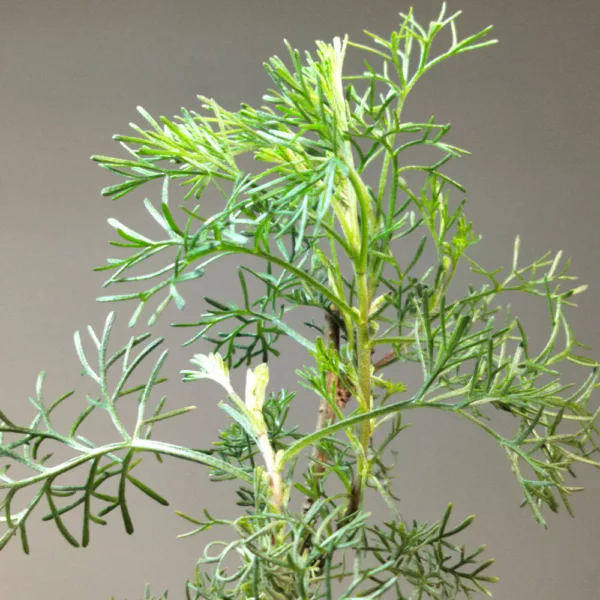
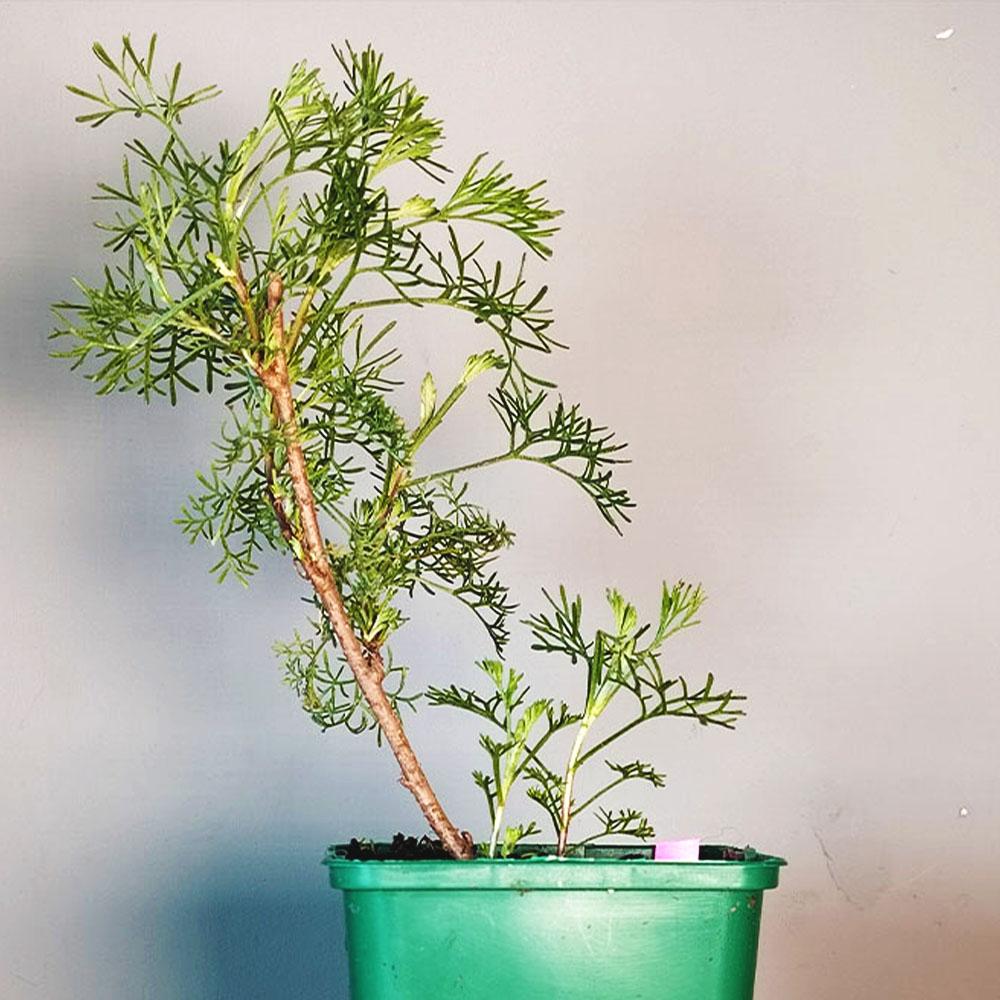
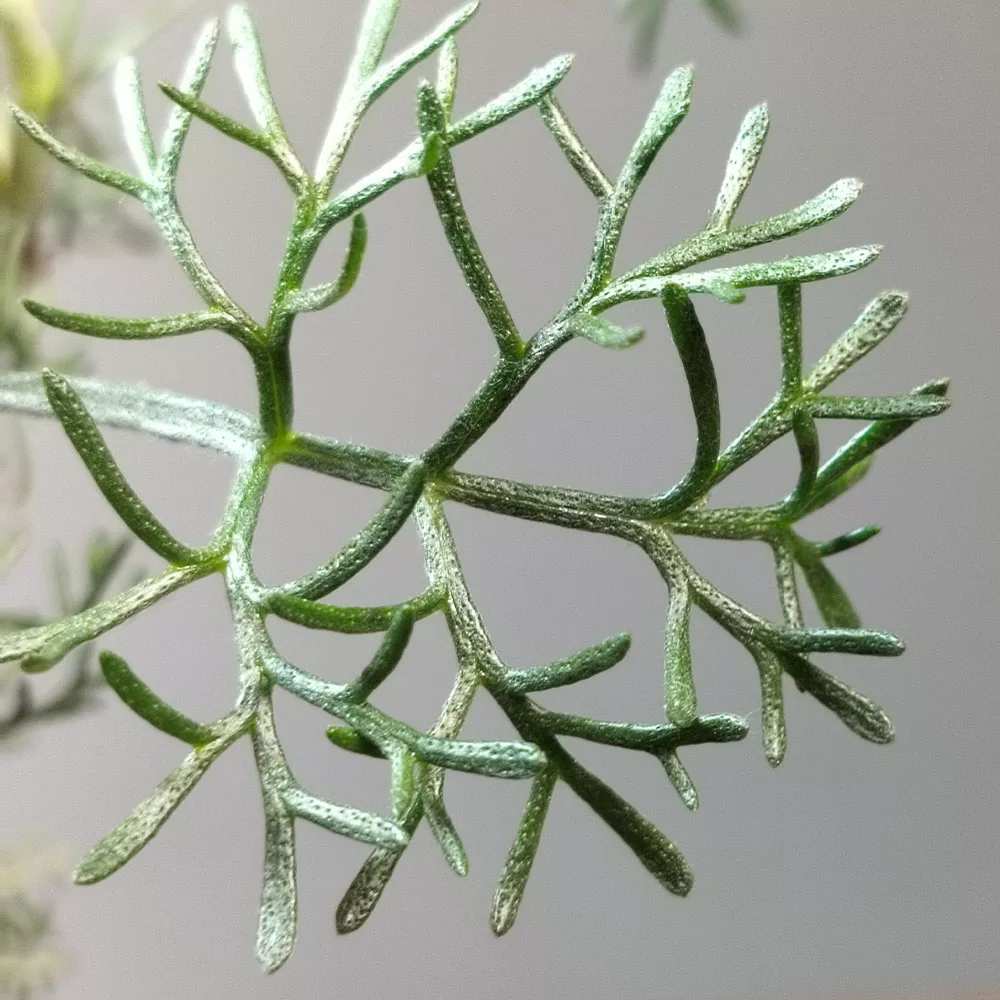
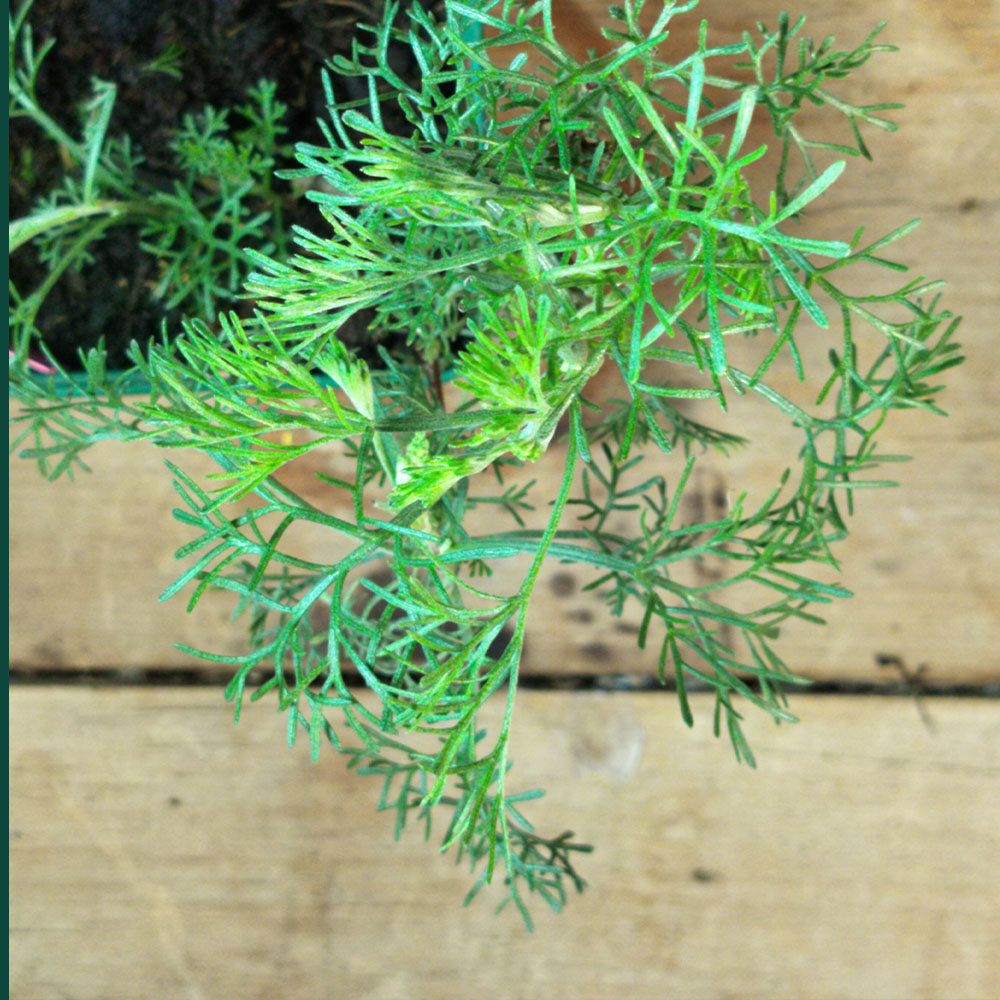
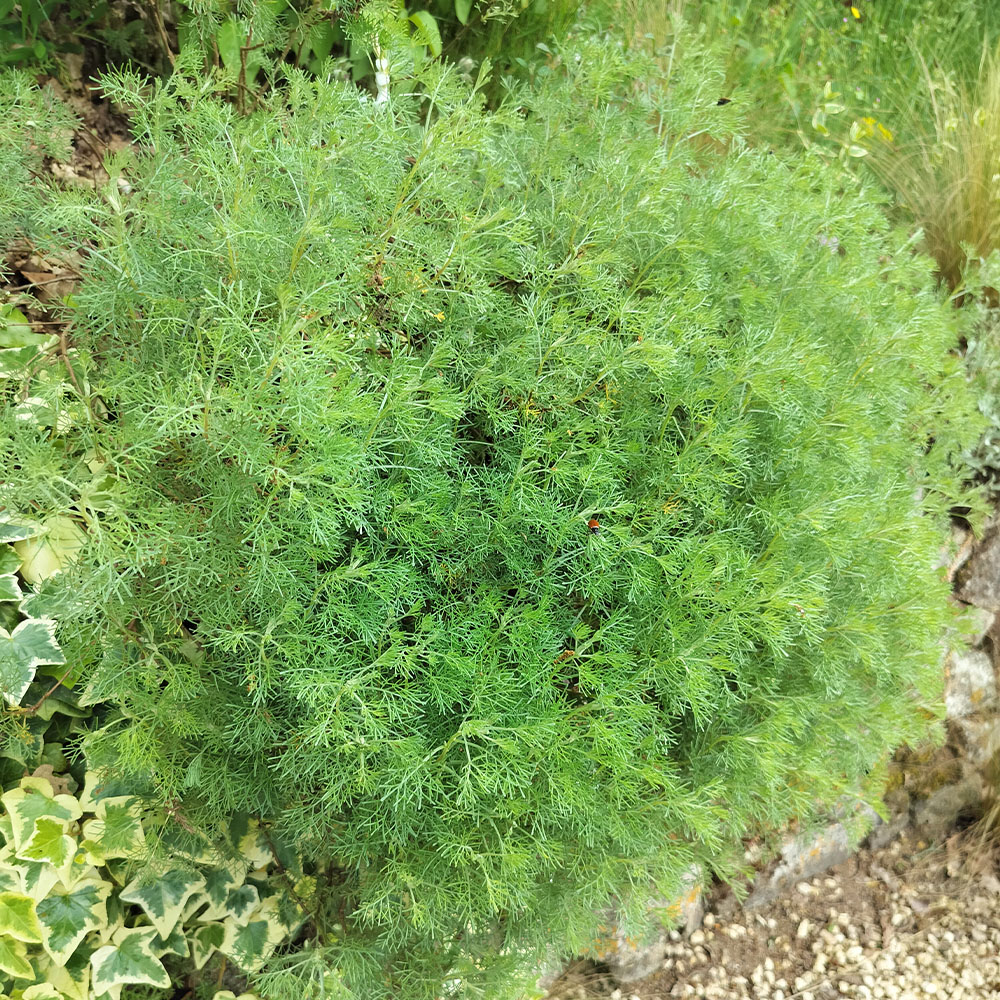














































There are no reviews yet.